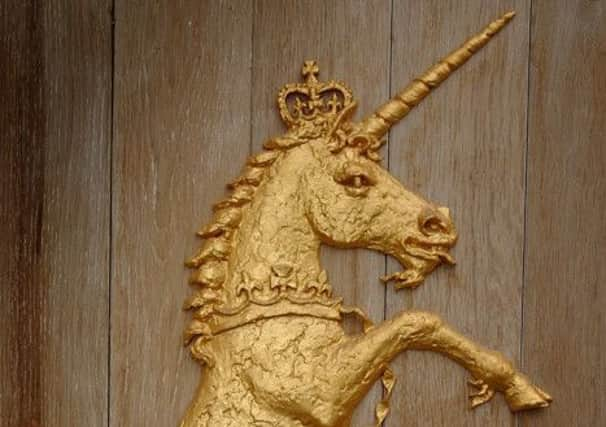Scottish fact of the week: Scotland’s official animal, the Unicorn


A fictitious creature may seem an odd choice for a country’s national animal, but perhaps not for a country famed for its love for and long history of myth and legend, and the unicorn has been a Scottish heraldic symbol since the 12th century, when it was used on an early form of the Scottish coat of arms by William I.
Unicorns were worshipped by the ancient Babylonians, and written descriptions of them appear in texts from the ancient Persians, the Romans, the Greeks and ancient Jewish scholars, all describing a horse-like creature whose single horn had magical properties and could heal disease.
Advertisement
Hide AdAdvertisement
Hide AdIn Celtic mythology, the Unicorn of Scotland symbolized innocence and purity, healing powers, joy and even life itself, and was also seen as a symbol of masculinity and power.
During the reign of King James III (1466 - 1488), gold coins were introduced that featured a Unicorn, and at the time of King James VI of Scotland’s succeeding of Elizabeth I of England, and the resulting effective union of the two countries, the Scottish Royal Arms featured two unicorns as shield supporters. In a gesture of unity, King James replaced the one on the left with the English lion.
The symbolism was potent, for the lion and the unicorn had long been painted as enemies, vying for the crown of king of beasts, with the unicorn ruling through harmony and the lion by might.
Today, the Royal Coat of Arms of the United Kingdom of Great Britain and Northern Ireland still has the English lion on the left and the Scottish unicorn on the right, and the Royal Coat of Arms for use in Scotland has them the other way round.
The heraldic unicorn is pictured as being chained, because according to folklore a free unicorn was a dangerous beast.